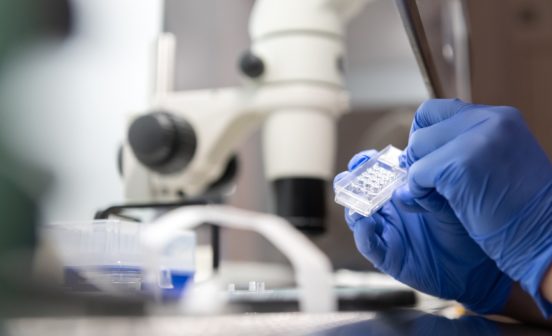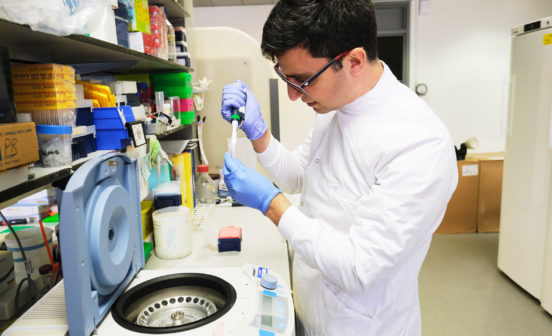Informatics ApproachesInnovationPartnership Metabolic framework to tailor nutritional interventions

New research has investigated the intricacies of the impact of malnutrition on the digestive capabilities of infants and gained a better understanding of what causes the lack of growth, leading to new possibilities to properly intervene.
Malnutrition in infancy is particularly known to halt growth, which can have serious life-long effects and impacts later in life. Though many are working to counteract these impacts, with the development of nutritional interventions in infancy, it has been shown to be notoriously difficult to make a meaningful difference. This is in part because there is a disparity between what the intervention provides and what an individual’s body requires in these challenging environments.
Developing predictive models, the international research group comprised of Imperial College academics and collaborators from the USA, Peru, Bangladesh, Tanzania, Norway and the UK have demonstrated the differences between children who have experienced malnutrition and their healthy peers.
By looking at data collected from Peru, Bangladesh and Tanzania of both growth constrained infants and comparably healthy counterparts, the team were able to build a picture of what their metabolic profiles look like at various ages. This was then used to build a predictive model of their development. One of the significant benefits with this model, is it was based on the assessment of a urine sample, which increases the chances that this information can be collected in a real-world setting.
Though many nutritional interventions have been developed to help mitigate the effects of infant malnutrition, this research shows the importance of the specific phase of growth of the infant metabolic system and its relationship with growth.
By better understanding these signatures, it is hoped that this will allow for the targeting of interventions more precisely at different phases of a child’s life. Rather than basing an intervention on a child’s chronological age, it may be possible to create dynamic individualised measures to assess the maturity of an individual’s metabolome and act accordingly.
This research is an excellent example of collaborative working across geographical boundaries; additional infrastructure support was provided by the NIHR Imperial Biomedical Research Centre.





